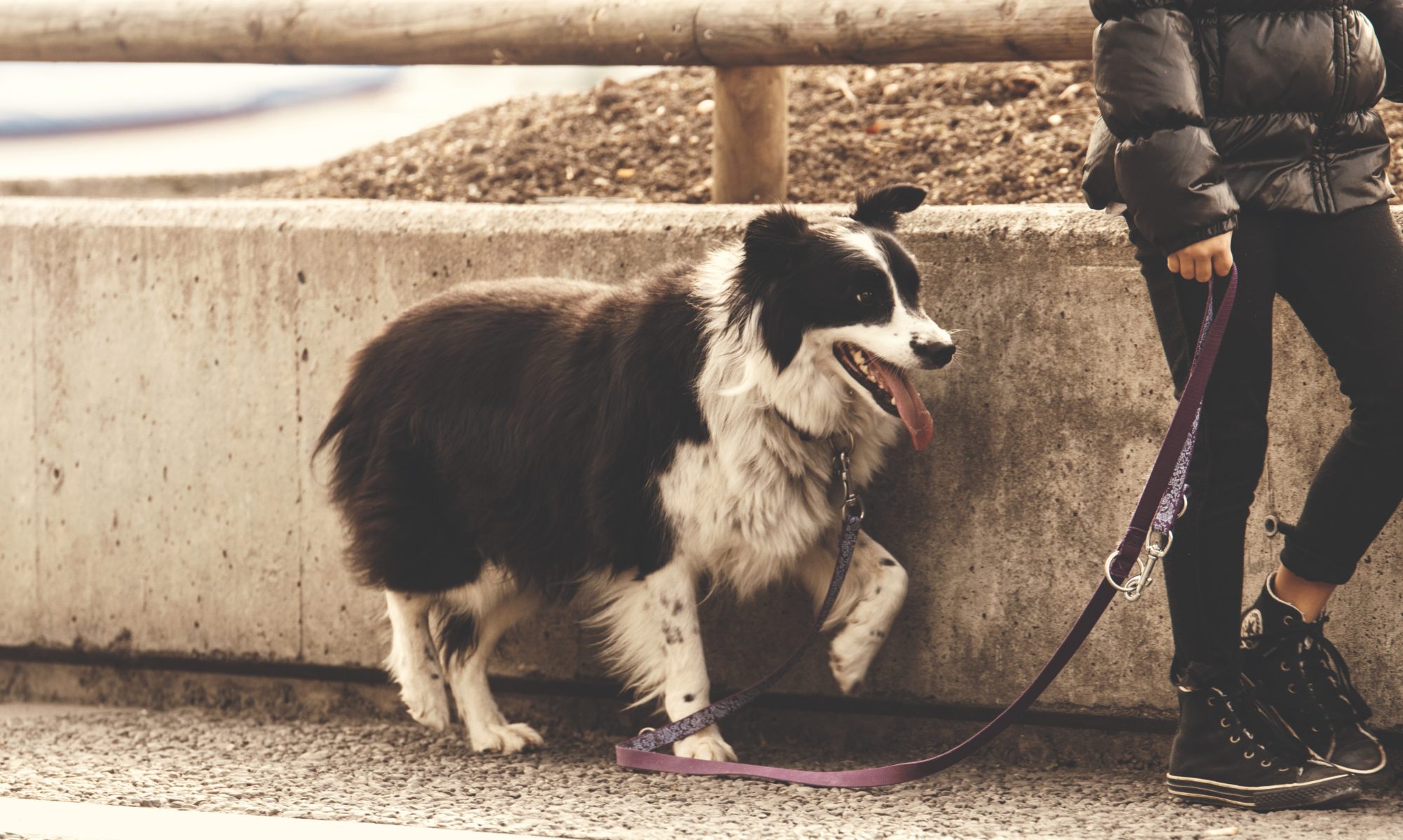2020 was a crummy year for basically everyone besides Jeff Bezos and the collective worldwide population of housepets, both of which actually had a pretty nice time, all things considered. One of the few positives to come from COVID-19 was a huge nationwide surge in pet adoptions – some animal shelters even stood empty for the first time ever! The pets we already lived with have also been delighted to have us home so much – no more waiting all day for their people to come home from work! To be totally fair there were some cats who were more annoyed than pleased by our constant presence but, as a general thing, it was a big win for them. Dogs got long walks during lockdown, kittens were supervised 24/7 (anyone who’s raised a kitten will confirm that this is somehow still not enough supervision), and many fur-kids skipped annual trips to the kennel for long-term vacation boarding.
While there were some positive “pandemic side effects,” it’s still safe to assume that everyone is ready for this ordeal to be over. With COVID-19 vaccines slowly but surely making their way into Flagler County, that day is finally in sight! For many of us, that means rescheduling canceled travel/event plans, returning physically to work or school, and otherwise being away from the home for extended periods of time. But where does that leave all of the “pandemic pets?” Many people have been home close to 24/7 for nearly a year now. If you’re among them, then you can be sure that your pets have become accustomed to this new lifestyle. Unfortunately, when things begin to go back to what we would consider normal, a lot of pets will find themselves facing a rough adjustment period; one which may even cause acute separation anxiety. According to doctors Radosta and Fagen, the onset of separation anxiety symptoms “may occur with life events [or] lifestyle changes,” so it’s important that you handle any big changes with care. Signs of a separation anxiety disorder can include destroying/rearranging things, escape attempts, excessive grooming/licking, pacing/circling, and lethargy. To avoid encountering these troubling issues, take a look at the tips below, and get back to “normal” on the right foot.
- Conduct Trial Runs
The worst time to realize that your pets aren’t adjusting well is while you’re busy trying to readjust yourself. Before you leave for a trip or head back to work for 8 hours, it’s worth taking some time to see how your pets do alone. Start with smaller amounts of time – as little as 20 or 30 minutes if your dogs and cats have been around people nonstop – and gradually work your way up to the average time you expect to be away from home. Setting up a camera system or a video-capable device that can be used to check in via Skype or Facetime can even help you monitor their behavior in real-time while you’re away.
- Better Living Through Chemistry
Just like people who experience anxiety, pets can find relief through the proper use of medications. If your trial runs go less-than-perfect and you don’t think your pets will be safe or comfortable home alone, there are plenty of options to explore. Over-the-counter options like CBD oil or all-natural “calming” chews (often containing melatonin, chamomile, and other soothing pet-safe ingredients) can take the edge off and help pets relax. If your dog or cat’s anxiety is quite severe, there are also prescription options that can help. Talk to your vet about your pets’ symptoms. There are plenty of options you can explore that will help make alone-time a more pleasant experience for your furry crew.
- Hire a Pro
Hiring a pet sitter or dog walker can do wonders in reducing separation anxiety in your pets. A Pet Care Pro can be there when you can’t to keep your pets happy. A sitter provides exercise, enrichment, and hands-on play/affection that can help relieve some of the stress accompanying your pets’ new-found alone time. Whether you use Xanadu Pet Care, another service, or enlist the help of friends and family, having someone spend a little time with your pet during your absence can make a huge difference. Don’t wait until you’re heading out of town to find a sitter, however. To help make the transition more comfortable for your pets, it is a great idea to have your sitter or walker meet your pets a few times prior to any big schedule changes. Introducing a new person at the same time as a huge life disruption may add to your pets’ stress, so it helps to give your chosen caretaker a chance to interact with your pets – both with and without you at home – at least a couple of times before you make a big schedule change.
If you are expecting upcoming travel or a schedule change soon, give us a call! You can book a free meet and greet online and then rest easy knowing that a trained pet care professional will be there to help you and your pets through the transition.

